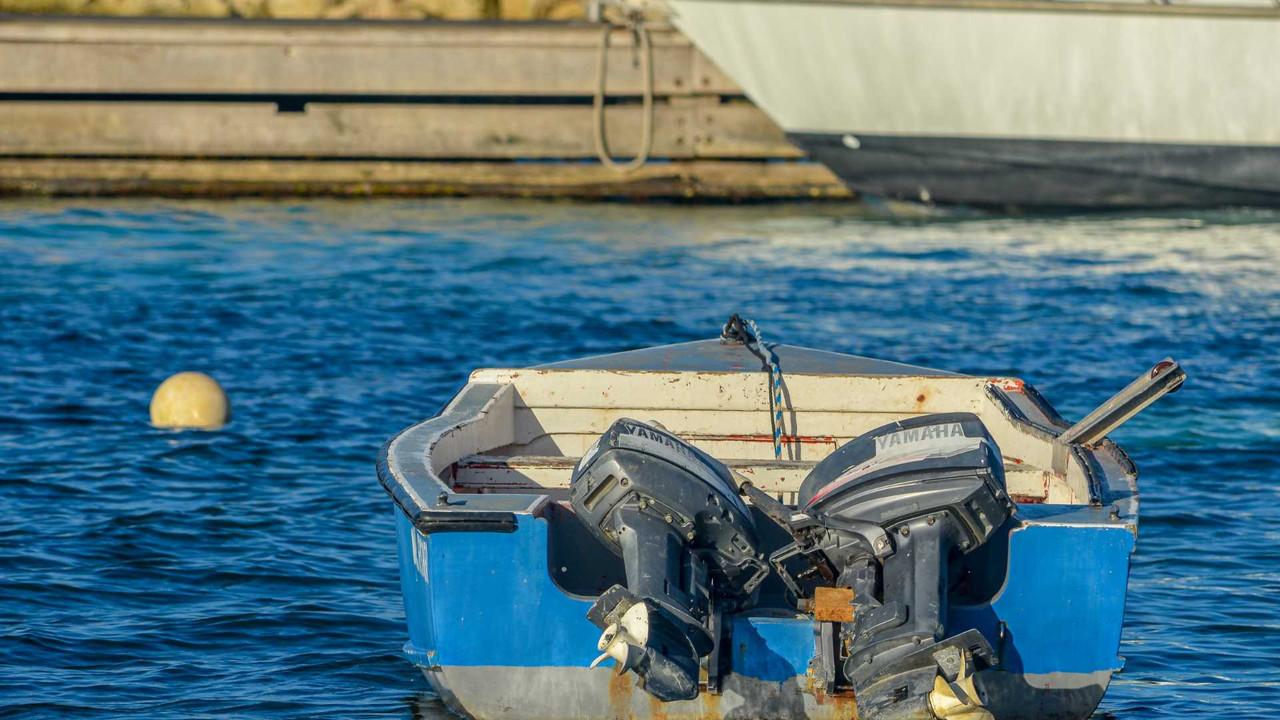Anguilla
Comprehensive Country Overview
Explore the geography, history, and socio-economic factors shaping Anguilla

Country description
Anguilla, located within the Leeward Islands of the Eastern Caribbean, is a relatively flat, coral and limestone island with undulating areas. Its highest point, Crocus Hill, reaches 210 feet in elevation. The main island spans 16 miles long and 3 miles wide. Anguilla boasts 33 pristine beaches, renowned for their soft white sand and crystal-clear waters. The island experiences a tropical climate with year-round warm temperatures tempered by trade winds.
Historical Background
Originally inhabited by Arawak peoples from South America around 2000 BCE, Anguilla was later colonized by English settlers from Saint Kitts in 1650. The island was involuntarily joined with St. Kitts and Nevis in 1882 as part of the Leeward Islands Federation. However, Anguillans revolted against the union in 1967, seeking independence. British intervention restored their colonial status in 1969. In 1980, Anguilla formally separated from St. Kitts and Nevis, becoming a British Overseas Territory.
Socio-Economic Landscape
Anguilla is a self-governing British Overseas Territory with a parliamentary representative democracy under the British monarch. The main economic drivers are tourism, offshore financial services, fishing (particularly lobster), and construction. The island uses the Eastern Caribbean Dollar (XCD) as its currency. As of the 2021 census, the population is approximately 15,753, predominantly Afro-Caribbean, with small minorities of European and other origins. The culture blends African, European, and Caribbean influences, with vibrant music genres like calypso and reggae. Boat racing is the national sport, and the annual Anguilla Summer Festival is a major cultural celebration.
Additional Notes
Internationally recognized for its luxury tourism sector, Anguilla caters to discerning travelers with high-end resorts and villas. The island is a haven for birdwatchers and marine life enthusiasts, with offshore cays and protected areas providing important habitats. Anguilla is also known for its exceptional cuisine, with fresh seafood and local flavors taking center stage.
Workforce description
Anguilla's workforce is relatively small, with a labor force participation rate of 62.1% (2016 estimate). The population is aging, which could potentially lead to reduced workforce participation in the future. The workforce demonstrates a fairly even gender distribution, reflecting progressive trends.
Skill Levels
The workforce in Anguilla primarily possesses skills suited for the service industry, particularly in tourism and hospitality. Compared to some neighboring islands, Anguilla has a relatively well-educated population. However, there is still a need for further specialization and higher-level technical skills. As Anguilla's economy develops, there is a rising demand for specialized skills in areas like technology, finance, and healthcare.
Sectoral Distribution
The tourism sector is the backbone of Anguilla's economy and employs a significant portion of the workforce. Roles range from hotel staff and tour guides to restaurant workers and transportation providers. Anguilla is a well-established offshore financial center, driving employment in areas such as banking, accounting, and legal services. The construction sector is another notable employer, fueled by development in tourism and infrastructure projects. While not as dominant as in the past, fishing remains a traditional source of livelihood for some Anguillans. The government is a significant employer in Anguilla, providing jobs in areas like education, healthcare, and administration.
Important Considerations
It's important to note that reliable and up-to-date labor market statistics for Anguilla can be limited.
Cultural norms impacting employment
In Anguilla, the relaxed Caribbean island lifestyle is reflected in the work culture. Businesses operate at a less hurried pace compared to many Western nations, with a focus on results rather than strict adherence to work hours. Family and community ties are central to Anguillan life, and employees often require flexibility for family obligations. The concept of the "lime" - unwinding and socializing outside of work - is seen as crucial for maintaining strong relationships and a healthy work-life balance.
Communication Styles
Anguillans generally favor polite, indirect communication to avoid conflict, and open criticism or confrontation in a professional setting is rare. Building rapport is important before getting down to business, with small talk and informal conversations helping to establish trust and comfort. While indirect, Anguillan communication can be lively and expressive, with non-verbal cues and body language playing a substantial role.
Organizational Hierarchies
Age and experience are highly valued within Anguillan society, and this translates into the workplace, where deference to those in senior positions is expected. Due to Anguilla's small size, personal connections and family networks can carry significant weight in hiring and business relationships. Decisions may follow a more consultative style, with input sought from various stakeholders, potentially slowing down some processes compared to more strictly hierarchical organizations.
Cultural Influences
The Encyclopedia of Caribbean Religions explores the deep historical and religious influences shaping Anguillan cultural values, including its focus on community and family. Studies on gender in the Caribbean highlight how traditional gender roles and expectations can still play a part in Anguillan employment dynamics.
Key industries and employment sectors
Luxury tourism is the backbone of Anguilla's economy, with the island boasting pristine beaches, high-end resorts, and world-class dining. The tourism sector provides significant employment opportunities across various areas like hotels, restaurants, and leisure activities.
Offshore Banking
Anguilla hosts a growing offshore banking sector, offering financial services to international clients. The industry generates employment for professionals in accounting, law, and financial management.
Fishing
Fishing, particularly lobster fishing, is a traditional economic activity for Anguilla. It supports livelihoods in coastal communities and contributes to the island's food supply.
Construction
Due to expansions in tourism and infrastructure projects, the construction sector experiences noteworthy growth. It offers employment opportunities for skilled and unskilled laborers.
Emerging Sectors
Technology and Innovation
Anguilla seeks to attract investments in technology and innovation-based enterprises. There's potential for establishing knowledge-based industries.
Renewable Energy
With its abundant sunshine and wind resources, Anguilla has the potential for growth in the renewable energy sector. This could create jobs and reduce reliance on imported fossil fuels.
Sustainable Tourism
A focus on eco-tourism and sustainable practices could appeal to environmentally conscious travelers while protecting Anguilla's natural resources.